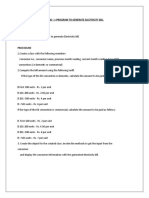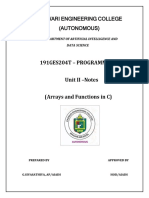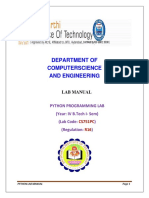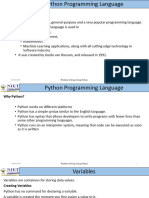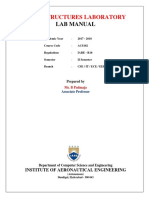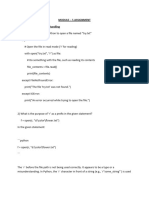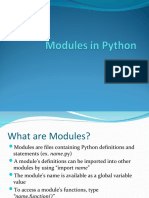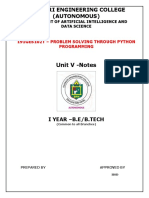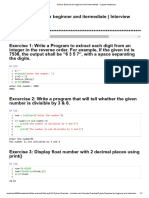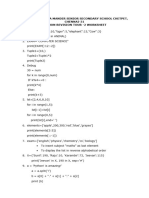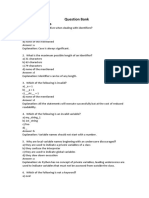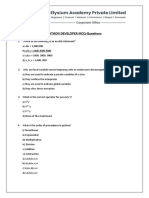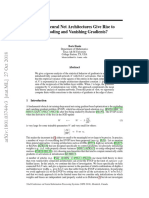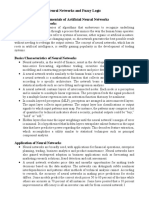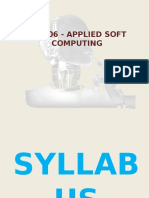0% found this document useful (0 votes)
949 views50 pagesModule - 5 - ANN
Uploaded by
chaithrak.21.beisCopyright
© © All Rights Reserved
We take content rights seriously. If you suspect this is your content, claim it here.
Available Formats
Download as PDF, TXT or read online on Scribd
0% found this document useful (0 votes)
949 views50 pagesModule - 5 - ANN
Uploaded by
chaithrak.21.beisCopyright
© © All Rights Reserved
We take content rights seriously. If you suspect this is your content, claim it here.
Available Formats
Download as PDF, TXT or read online on Scribd
/ 50

